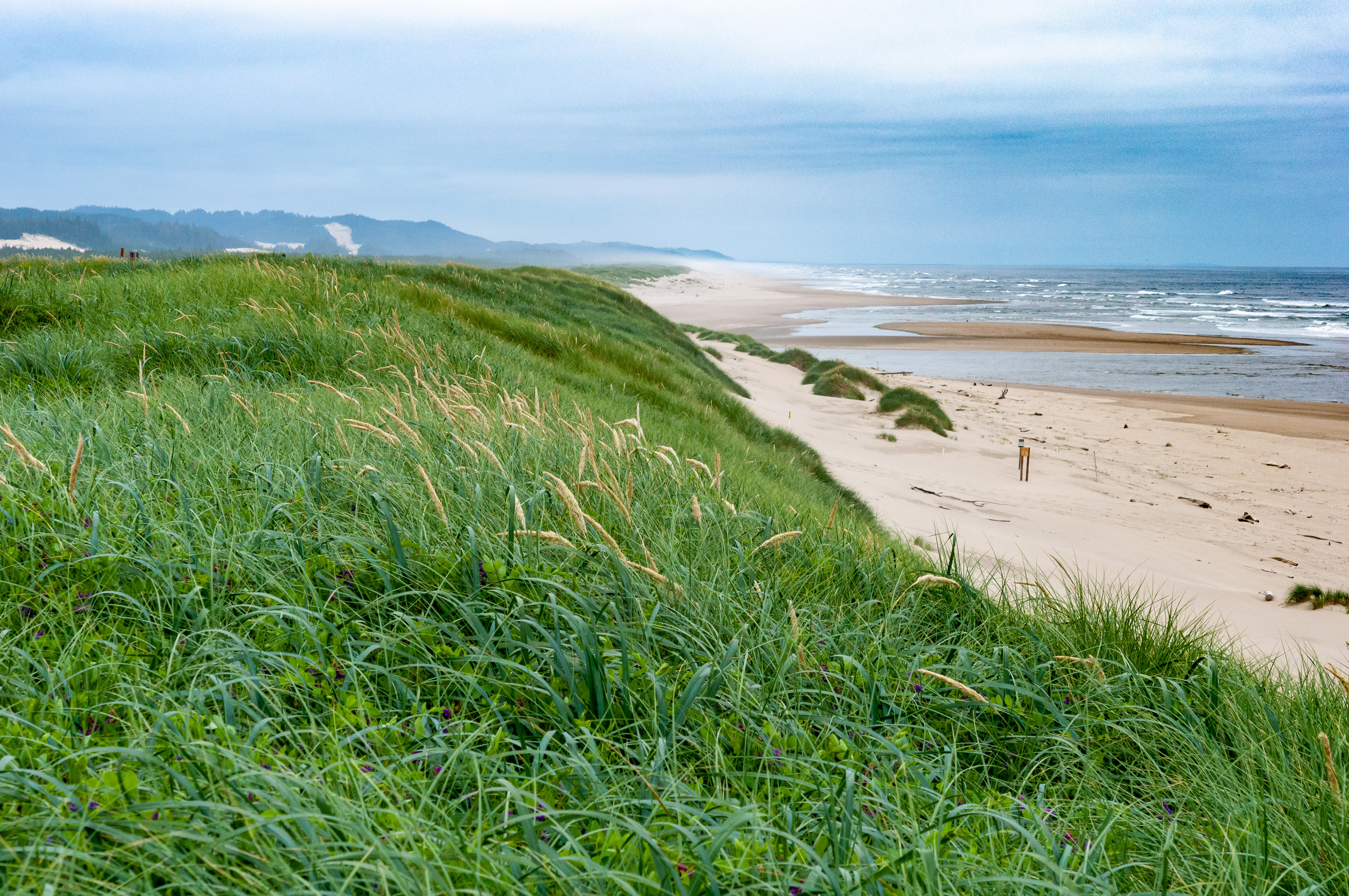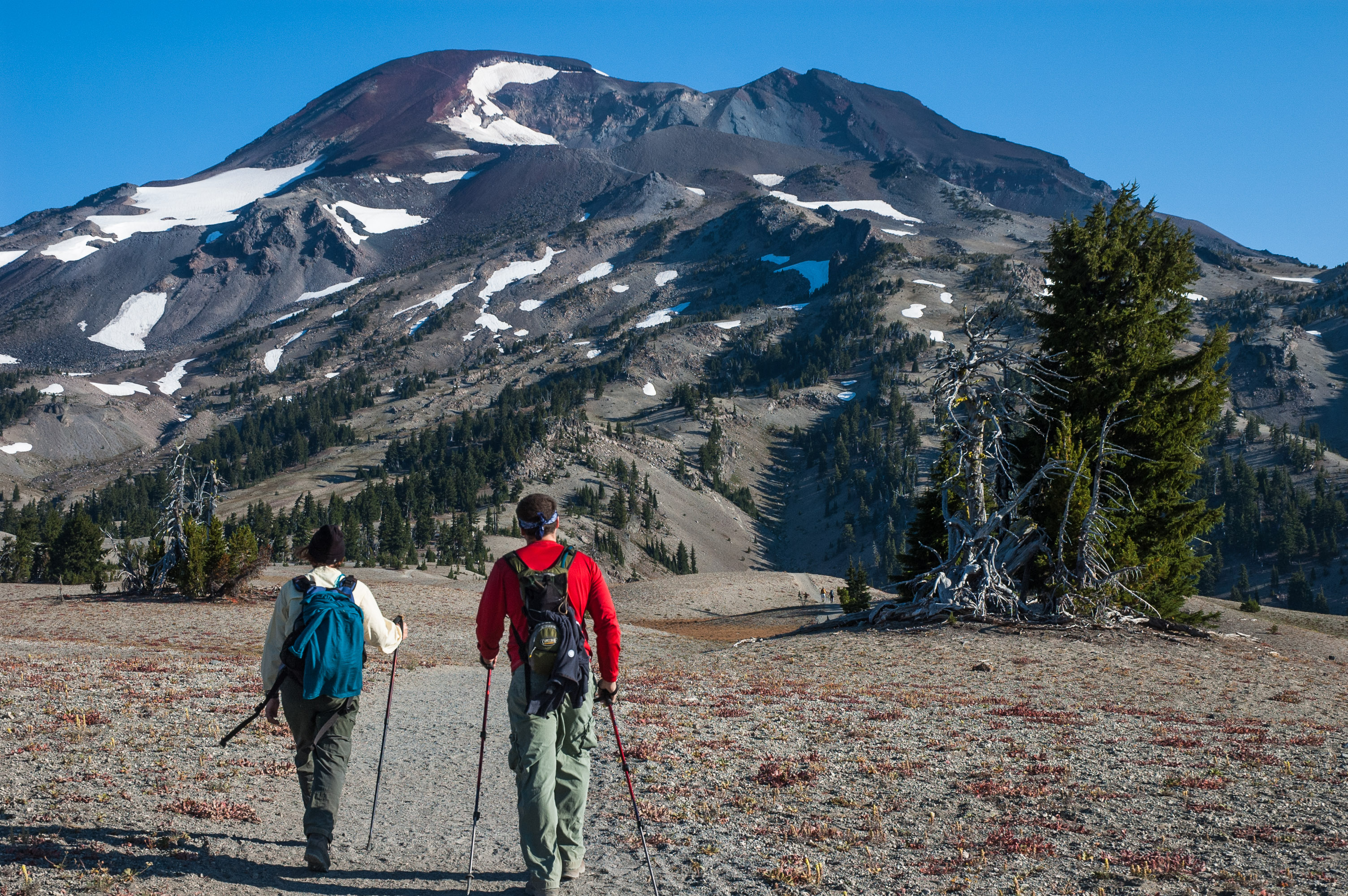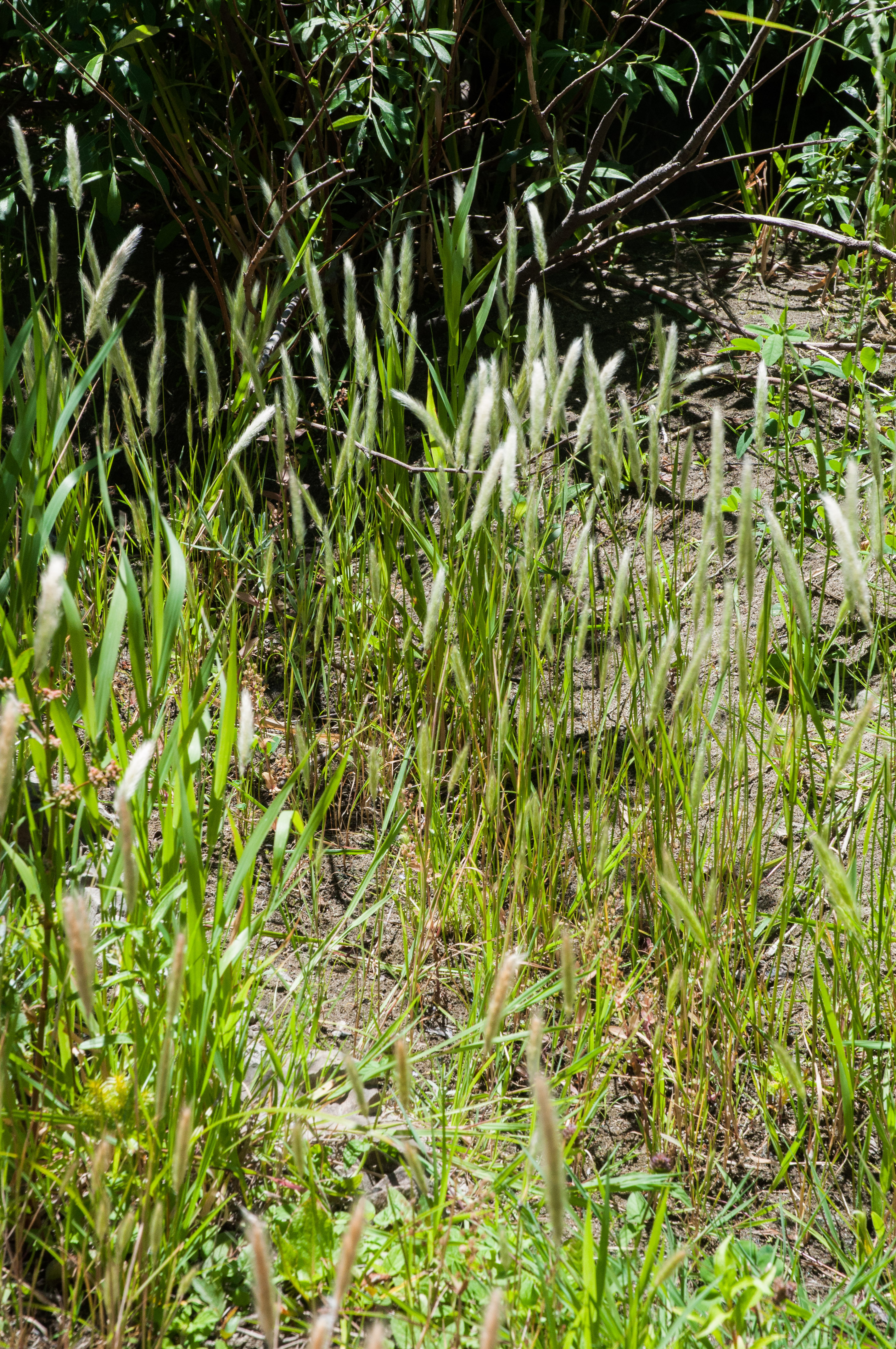Want to learn more about an important part of ecosystems in the Pacific Northwest? Field Guide to the Grasses of Oregon and Washington is a beautifully illustrated guide to all species, subspecies, and varieties in the region. Co-author Cindy Talbott Roché visits the OSU Press blog to answer some questions that our OSU Press Griffis Publishing Interns Carolyn Supinka and Zoë Ruiz had about the book and the process of studying grasses.
What are the ways in which grasses are an essential part of the ecosystem in the Pacific Northwest?
Grasses are definitely one of the more unappreciated life forms. It’s
hard to know where to start. Underneath us, I guess, in the soil is as good a
place as any. Grass roots not only hold soil in place, but contribute to its
health and development by adding organic matter and creating structure and
pores for water to percolate. In addition to preventing erosion along rivers
and streams, they purify the water that flows over them. Grasses feed
herbivores ranging in size from ants to elk, and provide habitat for an
astounding variety of native mammals, birds, amphibians, reptiles, insects and
more. Many of our major crops are grasses: wheat, oats, rice, barley, corn,
rye, millet; grasses used for hay and pasture for livestock. In urban
ecosystems, we use grasses for landscaping, parks, and sports settings; grass
surfaces allow water to follow its natural cycle of absorption and storage in
the soil, rather than running off immediately as it does on paved surfaces.
Some sports use artificial turf, but can you imagine a golf course (other than
mini-golf) with anything other than natural grass?
Are there any dangers that Pacific Northwest grasses face at
this time or in the near future?
Native grasses in the Pacific Northwest face numerous threats in a wide
variety of environments. Most of the disturbances are directly or indirectly
associated with humans. Populations of native grasses are destroyed by urban
development, farming of wildfires, and invasion of their habitats by aggressive non-native
plants (weeds). In our photography work, it was particularly difficult to find
native grasses in coastal environments. For example, grasses introduced in
order to stabilize dunes have eliminated the habitat for grasses that require
moving sand. Wetlands have been drained, prairies converted to fields, and
pastures are full of introduced grass species. But, the coast is not the only
place where native grasses are being replaced. In the forests both east and
west of the Willamette Valley, falsebrome is forming a monoculture under the
tree canopy. In the shrub steppe east of the Cascades, annual grasses such as
cheatgrass, medusahead and ventenata are replacing perennial bunchgrasses. Rare
grasses are decreasing in a number of habitats in Oregon and Washington, but
the ones that surprised me when we were preparing the distribution maps were
five annual species that hadn't been collected for almost 100 years. They were
originally found in naturally disturbed sites, such as floodplains, riparian
areas and vernal pools. These habitats have been largely overrun with more
aggressive introduced plants.
It took you almost two decades to make this book into reality. Can you describe the process of putting this book together? What were some of the challenges as well as high points of the process? How did you stay committed to the project?
As you can imagine, the book evolved over time and the end
product is probably not what any of us envisioned at the beginning. Bob and I
had planned a field guide that described and illustrated important grasses in
Oregon and discussed ecology and uses, probably without technical keys. I think
that the Carex Working Group (Barbara, Dick and Nick) were planning a field
guidebook just like the one they had published on sedges.  There clearly was no
There clearly was no
call for two field guides to grasses in Oregon and there was more than enough
work for all of us, so we joined forces on it. Early on, we met as a group to
discuss funding, content, and format, (including how to illustrate it). One of
the early decisions was to use photographs, not line drawings. I remember this
clearly because I had recently finished illustrating grasses for the Flora of
North America in which every taxon was shown with inked line drawings. The vote
was 4 to 1 in favor of photos. (Yes, I was the 1.) A subjective cost/benefit
analysis supported adding the state of Washington (cost of 30 additional
grasses vs. benefit of the western Washington market). The Carex Working Group
obtained funding for their time, and Bob and I set about perfecting our skills
in photographing grasses, which are particularly difficult because their narrow
leaves blend in with their surroundings and move in the wind. In addition, the
identifying parts are generally small. Our techniques, equipment, and software
improved so much over time that in the end we didn’t use any of our photographs
from the first five years.
The highpoints for Bob and me were all of
the amazing locations we went in search of the diversity of grasses in Oregon
and Washington. My favorites were the top of South Sister for two alpine
bluegrass species, and Ice Lake and the Matterhorn in the Wallowa Mountains for
alpine bluegrass and fescue species, and the hinterlands of the Little Owyhee
for Nevada needlegrass. We traveled from British Columbia south to Nevada,
covering both sides of the Cascades.
Of course, we couldn’t get everywhere at
the right time, so Barbara and Nick sent us numerous boxes of grasses from
their travels, too. One of the major challenges was when the funding ran out for
the Carex Working Group and progress stalled for a few years. After that point,
I decided to shed other responsibilities and make a big push for completion. It
had reached the point of “fish, or cut bait,” and all of us had invested way
too much time to just throw it away. I started working full time on photo
layout, filling out the descriptions to improve consistency, and getting the
distribution maps started. The Carex Working Group had written and tested the
keys; Dick stepped up and reworked the keys and descriptions and reviewed maps,
while Bob edited the photos to perfection.
I think the keys are one of the strengths
of this field guide; they aren’t just copied from another source and they
include all of the grass taxa found in Oregon and Washington. This is an
important feature. I have been frustrated with field guides that offer only a
sampling of the flora. You never know, when you fail to identify a plant, if it
is because you made a mistake using the key or if it’s something that isn’t in
the book. This is why, when Barbara and Nick each came up with a species new to
Oregon, after we had the book nearly to the final format, we squeezed those in.
I must give Dick special credit for his tenacity in reviewing proofs because we
went through six rounds of PDF proofs
in the layout phase; bless OSU Press Editorial, Design and Production Manager Micki Reaman for her patience!
We’re curious about your workshops on grasses. Who enrolls in your
workshops and what do they learn during their time with you?
When I lived in the Rogue Valley, I taught grass workshops at the
Siskiyou Field Institute, which was a great place to teach because we could
walk out of the lab and explore a variety of habitats, from pasture and lawn to
oak woodlands and serpentine slopes. Students in these workshops ranged from
agency employees (BLM, Forest Service, Natural Resource Conservation Service)
to lay botanistscurious about grasses. I stayed flexible and taught whatever
level of grass identification the students were ready to learn. Lately, I’ve been working with Barbara in workshops that are mostly geared toward
workshops that are mostly geared toward
professionals, who need to improve theirskills. We have one day in the lab with microscopes and one day in the field
with hand lenses. The emphasis is on identification, but we talk some about
ecological aspects as well. When we have the book in hand, I plan to offer more
casual grass walks and workshops.
Grasses seem difficult to identify. What were the challenges when
illustrating grasses? And, when out in the nature, what are some key
things to look for when trying to identify grasses?
Grasses are only difficult
to identify in a relative sense. I think they are much easier than many sedges,
for example, or mosses and lichens, which I’ve never learned. What these things have in
common that are considered difficult to identify is that the important traits
are difficult to see. In grasses, it is because the parts are small and most
tend to be more-or-less green in color. The main challenge in illustrating the
key  features is to get a sharp image of them. To do that, it’s important for
features is to get a sharp image of them. To do that, it’s important for
them to sit still. Outside, the wind is formidable foe. Grasses will sway or
tremble with the slightest air movement. Many of our habit photos were done
inside with a black background so the key features are visible. I used the
digital camera attached to my dissecting microscope and a stacking program to
get pictures of the small parts. Now, you might assume that movement would not
be a problem here and you would be wrong. The bent awns on lemmas will flip the
floret over near the end of taking 20 photos to be stacked for depth of field.
Then it’s time to start all over again. Long
callus or rachilla hairs also move and require redoing the entire set. I know
that I lapsed into technical terms there, but if you’re going to talk about
grasses, you need to learn the terms. How awkward would it be if you didn’t
know the names for leg and elbow and I had to refer to them as the appendage
that you stand on and the place of bending ofyour appendage attached to the
upper part of your body? Learning strange names can be difficult, but in the
beginning of the book we explain all the new terms with drawings showing what
they mean, label the parts on the photos of the grasses throughout, and finish
with a glossary that defines them at the end of the book.
With practice, one also learns to recognize in the field what botanists call the "Gestalt" of grass species. This is a German word that means shape or form. In the use of this term, one recognizes not only the shape but also the habitat, season of the year and other clues. It is the same idea of seeing a friend in the distance and recognizing them by a characteristic gait or way of standing. Thus, this kind of knowledge allows you to recognize a grass on the side of the freeway as you whiz by.
Purchase Field Guide to the Grasses of Oregon and Washington here!
****
Cindy Talbott Rochë illustrated grasses for the Flora of North America and has taught grass workshops; her experience with grasses spans both states over four decades.
Photo credits & captions: all photos by Robert Korfhage
1. Dunes stabilized by introduced European beachgrass no longer provide habitat for native grasses.
2. In search of subalpine native grasses, we're headed to the top of South Sister.
3. Grass workshop hosted by the Siskiyou Field Institute at Deer Creek Center.
4. Can you identify this grass? Of course not, we can't tell which Muhlenbergia it is either; it's an example of how most field photos of grasses don't show the necessary details.
